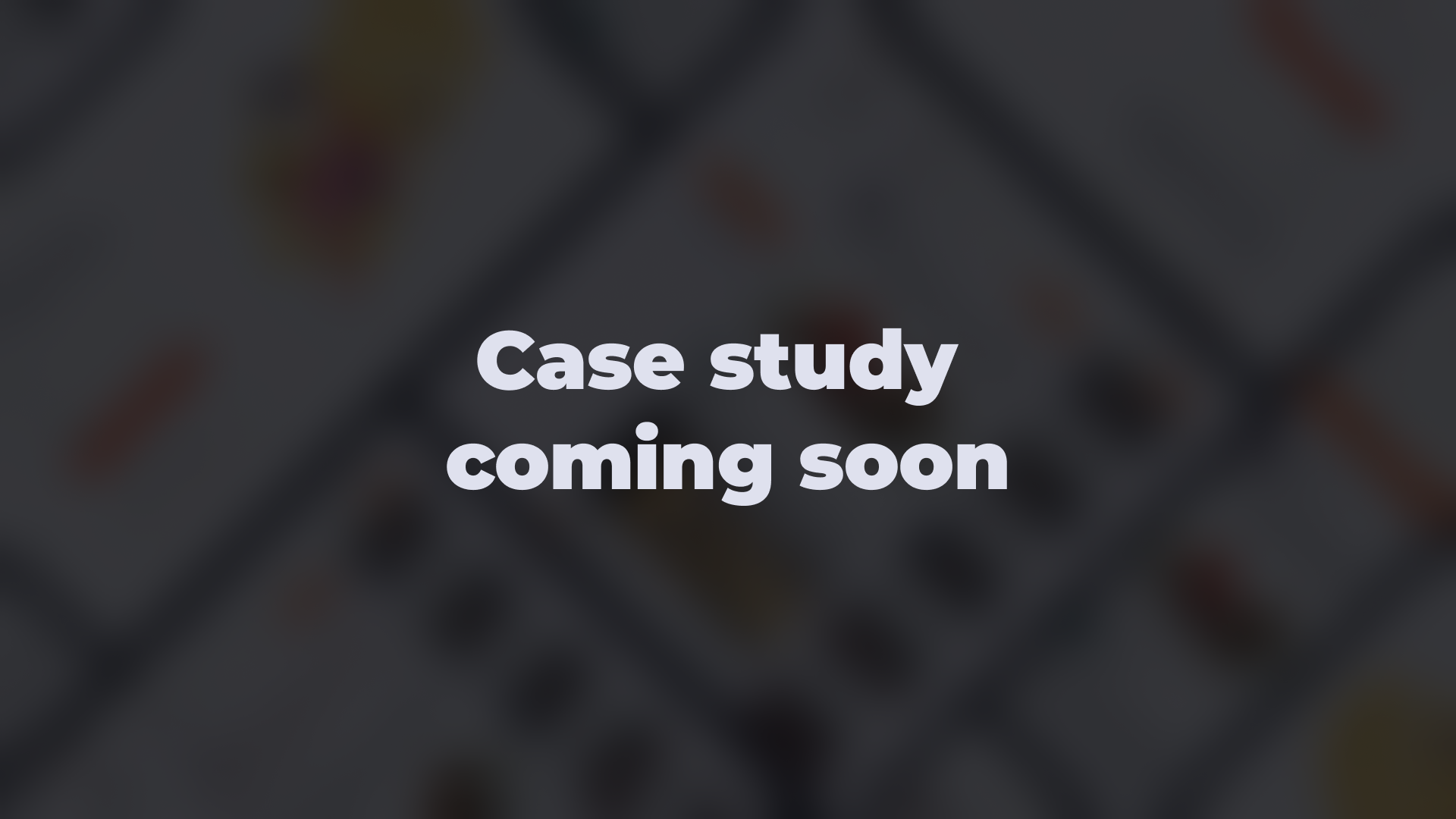NDA
APR 2023 – MAY 2023

A dynamic networking platform connecting athletes worldwide. I designed the Client’s website to deliver an intuitive experience, making it easy for athletes to connect, network, and share their passion for sports.
UX / UI Designer
+ User Experience
+ Visual Design
+ User testing/research
+ Design systems
+ Prototyping
+ Myself